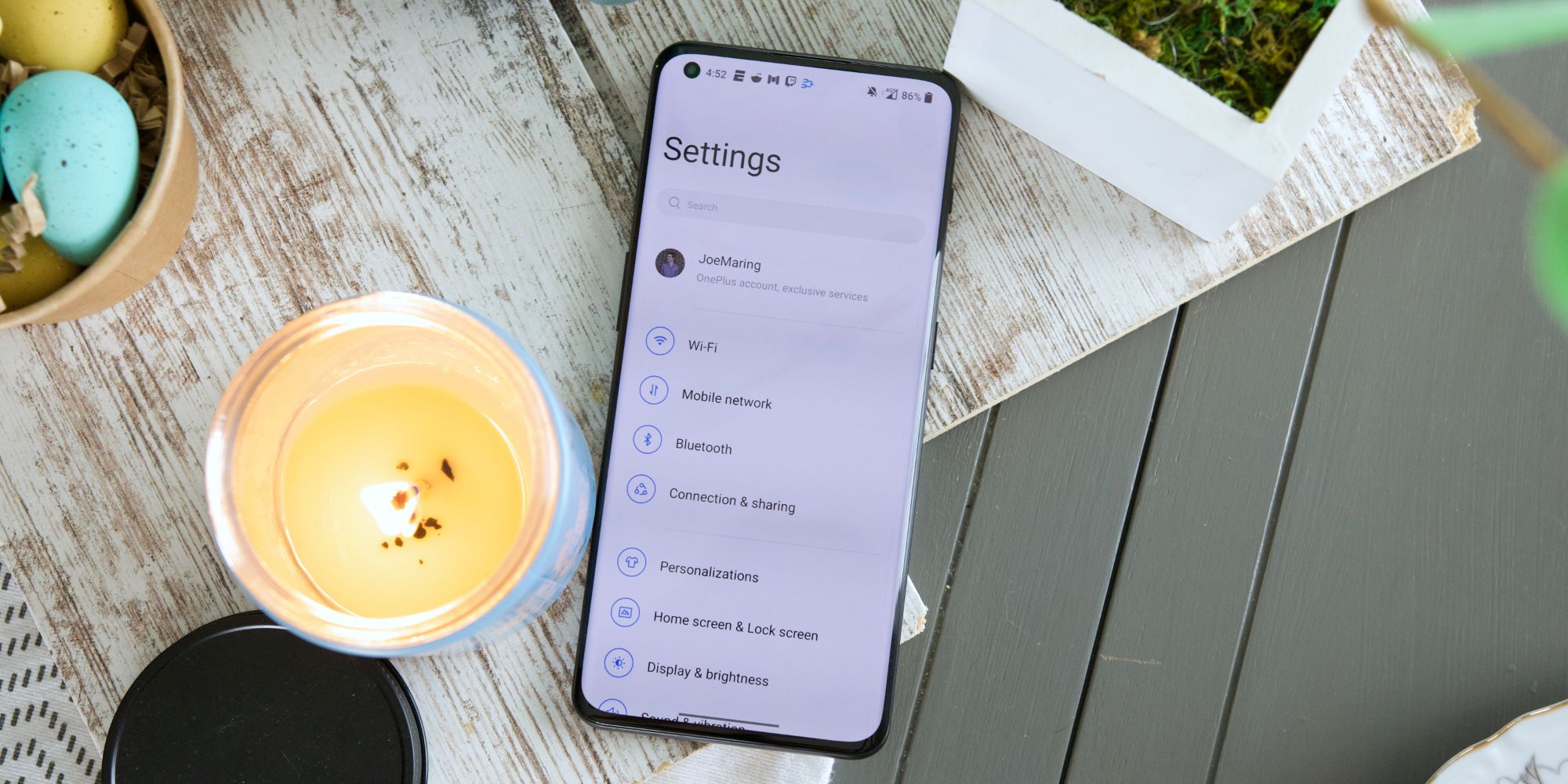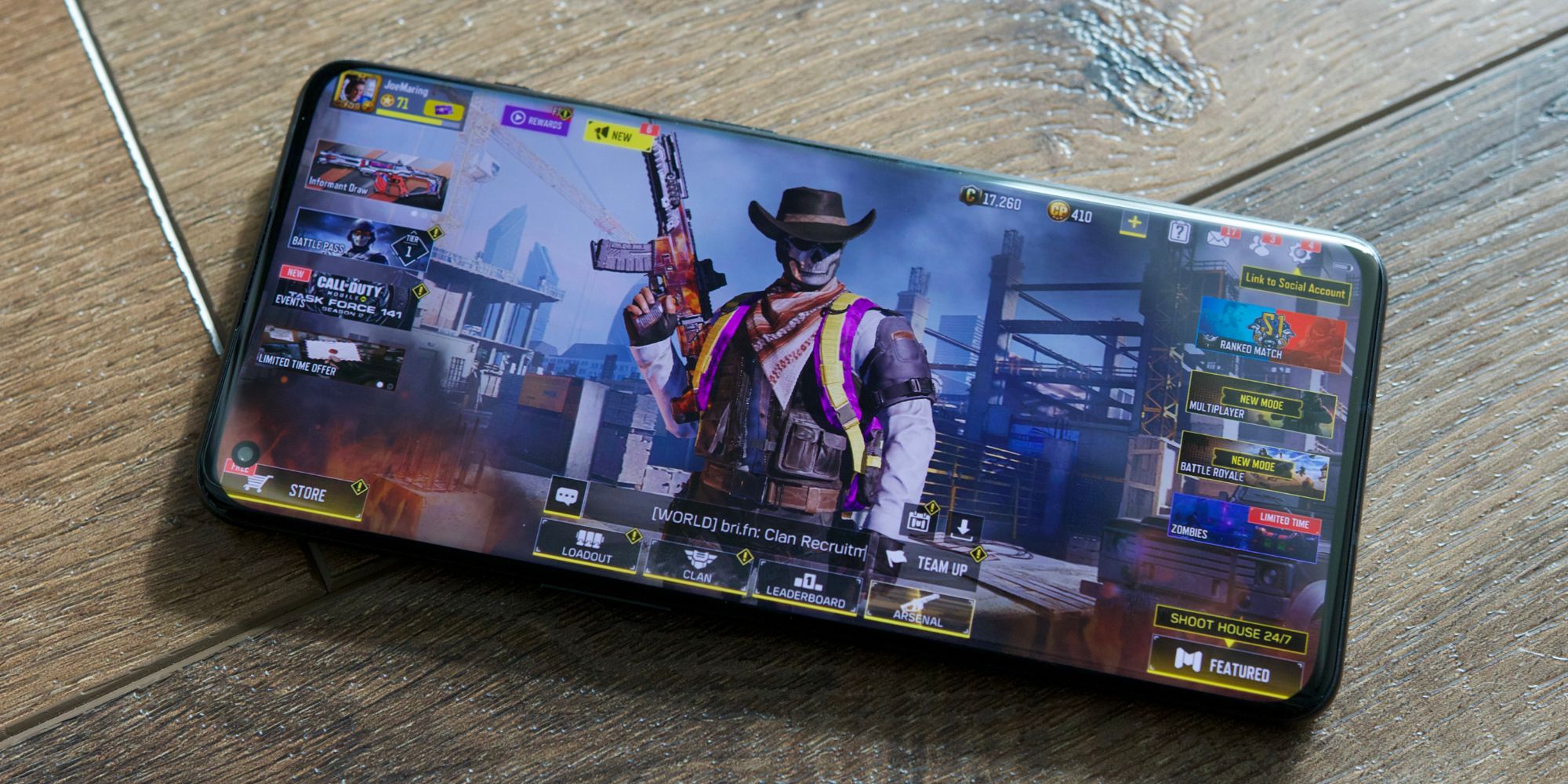Curved screens are a controversial feature on many smartphones — and the OnePlus 10 Pro isn't an exception to that rule. The last few years have seen OnePlus smartphones gradually shift more and more towards traditional flagships. The OnePlus One and OnePlus 2 stood out as 'flagship killers' with powerful specs and low prices. More recent entries — like the OnePlus 8 and OnePlus 9 series — have felt like direct competitors to iPhones and Galaxy S devices.
The OnePlus 10 Pro continues this trend for better or worse. All of the makings of a 'normal' 2022 flagship are here. The OnePlus 10 Pro has a Snapdragon 8 Gen 1 processor, a slick glass back, a big 5000 mAh battery, and lacks enthusiast-grade features like a headphone jack and expandable storage. Tying that all together is the $899 retail price — one of the highest we've ever seen for a OnePlus smartphone.
But those aren't the only flagship trends that the OnePlus 10 Pro adopts. Along with its flashy specs and high price tag, the OnePlus 10 Pro also has a curved screen. Curved screens have been a staple on OnePlus smartphones since 2019. The OnePlus 7 Pro had a curved screen, the OnePlus 8 Pro did too, and a curved screen was also found on the OnePlus 9 Pro. In that context, it shouldn't be a surprise that the OnePlus 10 Pro keeps the curved screen tradition alive and well. No matter where you buy the phone or what version you get, all OnePlus 10 Pro models have a curved screen.
Pros & Cons Of The OnePlus 10 Pro's Curved Screen
Like any smartphone with a curved screen, having one on the OnePlus 10 Pro comes with pros and cons. On the positive side of things, the curved screen makes the 10 Pro look like a high-end piece of tech. Applications and webpages go right up to the edge, and watching a movie/YouTube video looks more immersive than on a smartphone without a curved screen. The curved screen also feels great when using the touchscreen. If you're swiping from the left or right edge of the 10 Pro, swiping your finger across the curved screen feels smooth, seamless, and more comfortable than the sharp edges sometimes found on a flat screen.
But that's not to say the OnePlus 10 Pro's curved screen is perfect. As is often the case with curved screens, the biggest issue is inconsistent palm rejection. Because the 10 Pro's screen flows over the edges, part of your palm is often pressed against the display when holding the phone. Nine times out of ten, this isn't a problem. But every so often, that extra skin touching the display confuses the touchscreen and messes up your typing, scrolling, etc. It usually isn't a problem, but it feels like the most annoying thing in the world when it does happen. Another problem is how the 10 Pro's curved screen distorts certain applications. The curved screen creates a faint shadow on any page with a white background. It becomes less noticeable the more you use the phone, but it's yet another imperfection that wouldn't exist if OnePlus had just used a flat display.
I'd be thrilled if OnePlus ditched curved screens with the inevitable OnePlus 11 Pro next year. Flat screens may not look as 'premium' as curved ones, but they're objectively more useful. Accidental palm touches aren't a problem, they don't create unsightly shadows on applications, and a flat glass slab is usually more durable than a curved one. I'm not sure OnePlus will actually do that, but I sure would love to see it.
Source: OnePlus


